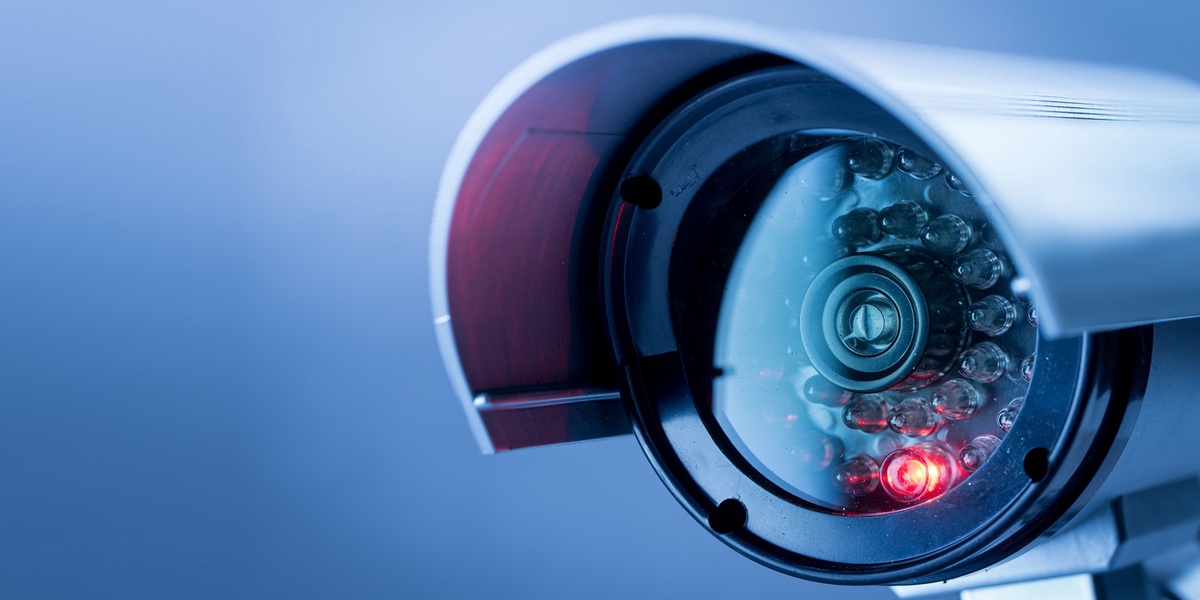Are you looking to enhance the security of your home or business with a CCTV camera system? With so many options available in the market, it can be overwhelming to choose the best CCTV camera for your specific needs. In this blog post, we will explore the different types of CCTV cameras, key features to look for in a CCTV camera system, the role of storage and connectivity, and provide tips for choosing the best CCTV camera for your security needs.
Understanding the Different Types of CCTV Cameras
Navigating through the myriad options of CCTV cameras can initially seem daunting, yet grasping the distinctions among the various types available is a cornerstone in optimizing your security setup. Among the plethora of choices, dome, bullet, PTZ (Pan-Tilt-Zoom), and thermal cameras stand out as popular options, each serving unique surveillance purposes.
Dome cameras, easily recognizable by their dome-shaped housing, offer a blend of aesthetics and functionality with their ability to provide a broad viewing angle, making them ideal for indoor surveillance where discreet monitoring is preferred. Bullet cameras, on the other hand, are named for their distinctive cylindrical shape and are typically mounted on walls or ceilings. They excel in monitoring long distances, which makes them a perfect fit for outdoor environments where clarity over extended ranges is necessary.
PTZ cameras elevate the flexibility of surveillance systems to a new level. Their capacity to pan across wide areas, tilt to adjust the field of view, and zoom in on specific activities or subjects allows for comprehensive monitoring with a single device. This adaptability makes them invaluable for areas requiring detailed observation and real-time adjustments.
For environments challenged by poor lighting conditions, thermal cameras provide an innovative solution. Unlike traditional cameras that rely on visible light, thermal cameras detect heat signatures, enabling them to capture clear images in complete darkness or obscured conditions such as smoke or fog.
Each type of CCTV camera brings its own strengths to a security system, catering to different surveillance needs and environments. Understanding these distinctions is instrumental in crafting a security solution that offers both breadth and depth of coverage.
Key Features to Look For in a CCTV Camera System
Identifying the essential attributes of a CCTV camera system is crucial for ensuring comprehensive security. High-resolution imaging is paramount, as it guarantees that the video footage is clear enough to identify persons and activities accurately. Night vision capabilities are equally critical, ensuring that the system provides effective surveillance even in low-light conditions or complete darkness, thereby offering 24/7 protection.
Motion detection technology stands out as a pivotal feature, enabling the system to alert users to any unexpected movement, thereby enhancing the responsiveness of the security setup. This functionality can be instrumental in deterring potential intruders or investigating security breaches.
Remote access is another indispensable feature, allowing users to view live and recorded footage from anywhere at any time. This flexibility ensures that property owners can monitor their premises even when they are away, providing peace of mind through constant vigilance.
Weatherproofing is an essential consideration for outdoor cameras, ensuring that they can withstand various environmental conditions such as rain, snow, and extreme temperatures. This durability guarantees that the system remains operational regardless of the weather, providing uninterrupted security coverage.
Additionally, modern CCTV systems may offer advanced features like two-way audio, enabling direct communication with individuals near the camera, and facial recognition technology, which can identify known individuals and alert to the presence of unknown ones. Smart home integration further enhances the system's utility by allowing it to interact seamlessly with other connected devices within the premises. These features collectively contribute to a robust and versatile CCTV camera system tailored to modern security needs.
The Role of Storage and Connectivity in CCTV Systems
A crucial yet often underestimated component of a CCTV camera system is its storage and connectivity capabilities. Adequate storage ensures that video footage is retained long enough to be of use in security assessments and investigations. Options range from onboard SD card storage, which offers convenience and portability, to cloud storage solutions that provide expansive space and remote access. A dedicated Network Video Recorder (NVR) is another viable choice, especially for systems with multiple cameras, as it can handle large volumes of data from various sources simultaneously.
Connectivity, on the other hand, determines the ease with which users can access their camera feeds. A system that supports seamless integration with existing network infrastructures and allows for real-time viewing through mobile apps or web portals is indispensable. This connectivity not only facilitates immediate incident response but also enables the remote management of settings and updates to the system. Ensuring that your chosen CCTV system excels in both storage and connectivity is vital for maintaining a secure and responsive surveillance operation.


No comments yet